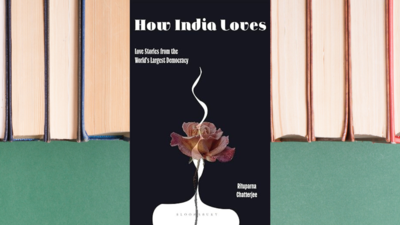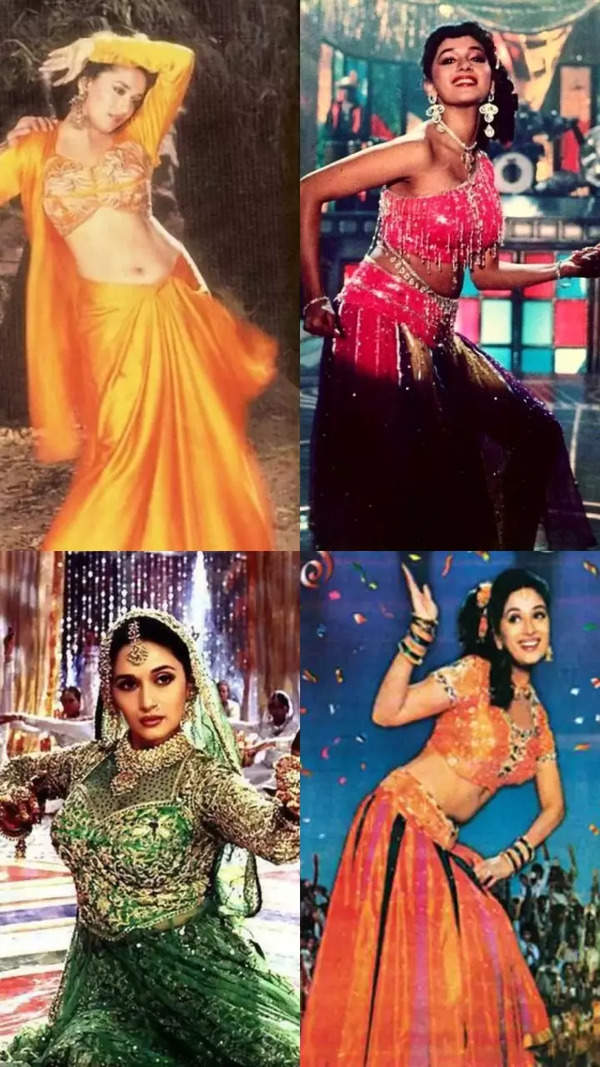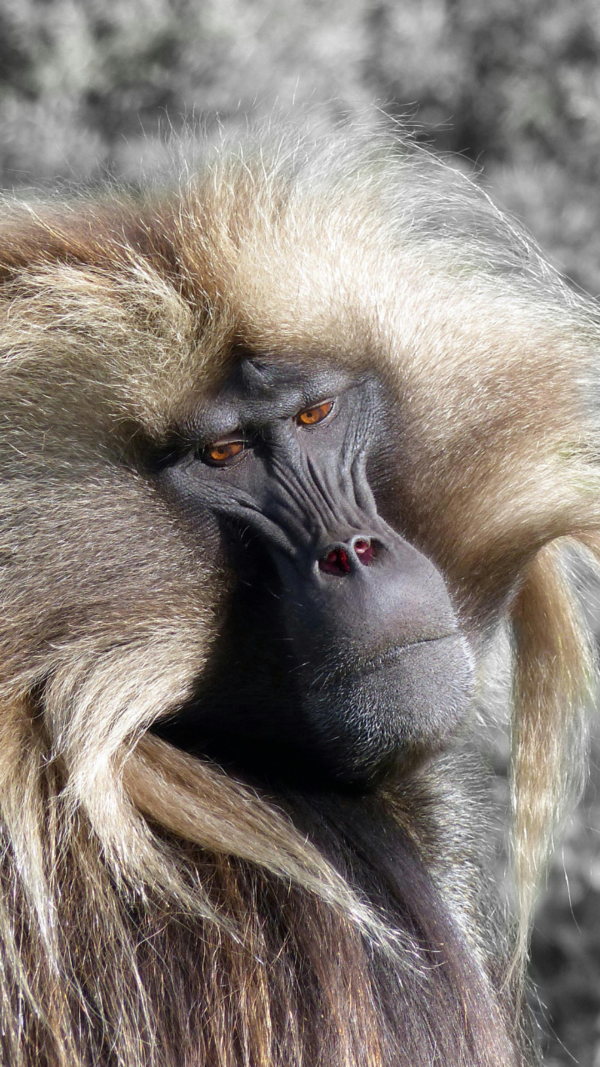Trending
Micro Review: A battle of love, longing, and togetherness in 'How India Loves'
Rituparna Chatterjee's 'How India Loves' unveils the intricate tapestry of love in India, navigating the complexities of caste, gender, and religion. Through intimate stories of interfaith couples, queer lovers, and single mothers, the book captures the essence of love as both a battle and a sanctuary.
"Love in India is not a straight line. It is a sprawl. A stubborn, tangled sprawl."
Rituparna Chatterjee’s 'How India Loves' is not just a book, but also a breathless listening, an ear pressed against the heart of a nation too often spoken for, and also too rarely heard. It's prose is both tender and unflinching, and gathers voices like wildflowers, some bloom in light while others wilt in the shadow. And to them, we see strings of a garland of longing, defiance, and deep, domestic courage.
The book is an intimate cartography of desire in all its political, caste-bound, gendered, and geographic complexity. In every chapter, love comes dressed in different clothes: from a burqa, to a school uniform, and from a dhoti, to a lawyer’s robe. It slips between fingers and refuses to lie in categories. It bruises and it burns, and yet it persists—“Love, even the quietest kind, resists forgetting,” Chatterjee writes.
Poll
Do you think love stories in India often face societal challenges?
The author’s presence is felt not in judgment, but in the lyrical way she receives her subjects’ truths. “They had loved each other with the stealth of thieves, careful not to wake the world,” she writes of a couple who had to erase their names to be together. What makes 'How India Loves' stand apart is its fierce attention to the ordinary. Love here is not always cinematic. Often, it is unfinished. Sometimes, it is mundane. Yet in this mundanity lies its radicalism.
When a Dalit man marries an upper-caste woman and dares to dream of an unremarkable life, Chatterjee gives their small victories the gravity of epic love. There are moments in the book that cut deep with their simplicity: “I don’t want love to be a battle,” says one young woman, “I want it to be a house I return to.”
But Chatterjee knows that for many in India, love is war. Love means going against family, state, religion, and fear, and the book never romanticises this struggle. Instead, it lets each story speak in its own voice, raw and unresolved. There is poetry in the way the chapters fall—like fragments of a larger mirror that reflect the country’s soul. Each reflection is partial. Each has cracks. And yet, together, they reveal something unmistakably Indian: the yearning to belong without erasure.
In the final chapters, as she meditates on the act of storytelling itself, Chatterjee writes: “Maybe we are all stories hoping to be remembered differently.”
'How India Loves' is such an act of remembrance. It is a love letter to the unloved, the unseen, the unsung. And it reminds us that the most radical thing in a wounded democracy may simply be to say: I love you—and mean it.

About the Author
TOI Lifestyle DeskEnd of Article
FOLLOW US ON SOCIAL MEDIA
Visual Stories
Tired of too many ads?










